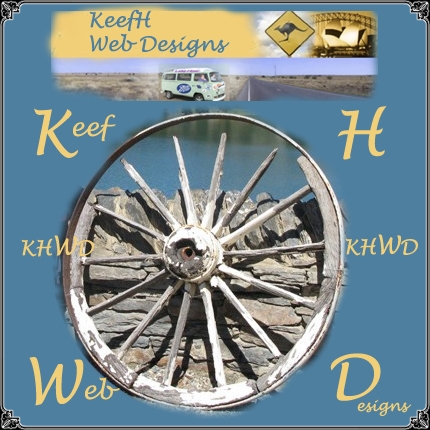The Pros and Cons of Buying a New vs. Used Car
Buying a car is a significant decision, and one that involves many considerations. One of the most important choices a prospective buyer faces is whether to purchase a new or used vehicle. Each option has its own advantages and drawbacks, and understanding them can help make an informed decision. In this blog post, we will discuss the pros and cons of buying a new versus used car, allowing you to weigh your options and make the right choice.
Let us begin by examining the benefits of purchasing a new car. The most obvious advantage is that you are the first owner, with no previous wear and tear to worry about. As a result, you can enjoy the peace of mind that comes with knowing the entire vehicle history. Furthermore, new cars often come with comprehensive warranties from the manufacturer, which can provide a sense of security over an extended period.
New cars also tend to be more reliable than their used counterparts. Since they have not been driven extensively, new vehicles are less likely to experience sudden breakdowns or require frequent repairs. Plus, advancements in automotive technology mean that newer models often boast better fuel efficiency and safety features. This not only provides a smoother and more enjoyable driving experience, but it can also save you money on gas and potentially even lower your insurance premiums.
On the downside, buying a new car typically comes with a higher price tag. New vehicles tend to depreciate rapidly during the first few years of ownership, with some estimates suggesting up to 20% in the first year alone. This depreciation can be a significant drawback, as it means your investment will lose value quickly. Additionally, new cars are subject to high sales taxes and registration fees, which can further increase the overall cost.
Now, let’s turn our attention to the advantages of purchasing a used car. The most significant benefit is its cost. Used cars are generally much more affordable than new ones, making them an attractive option for those on a tighter budget. Since they have already depreciated significantly, you can often get a vehicle with the same features and specifications as a new one for a fraction of the price. This allows you to save money, which can be used for other important expenses.
In addition to the lower upfront cost, used cars also come with lower insurance rates. Since the value of the vehicle is lower, insurance premiums also tend to be less expensive. This can result in substantial savings over the lifespan of the car. Moreover, purchasing a used car eliminates the initial depreciation hit that new car owners experience, allowing you to potentially resell the vehicle for a similar price when the time comes.
However, buying a used car does have its downsides. Unlike new cars, used vehicles may not come with warranties, or the coverage may be limited. This means that you will be responsible for any repairs or maintenance costs that arise. Additionally, it can be challenging to ascertain the car’s exact condition and history, as some sellers may hide or fail to disclose certain issues. It is crucial, therefore, to conduct thorough research, inspect the vehicle, and even seek a professional opinion before finalizing the purchase.
In conclusion, both new and used cars have their own sets of advantages and disadvantages. If you prioritize reliability, comprehensive warranties, and the latest technology, a new car may be the right choice for you. However, if you are on a budget and looking to save money on the initial purchase, insurance, and potential depreciation, a used car can be an excellent option. Ultimately, weighing the pros and cons and considering your specific needs and circumstances will help you make an informed decision that suits your preferences and financial situation.










